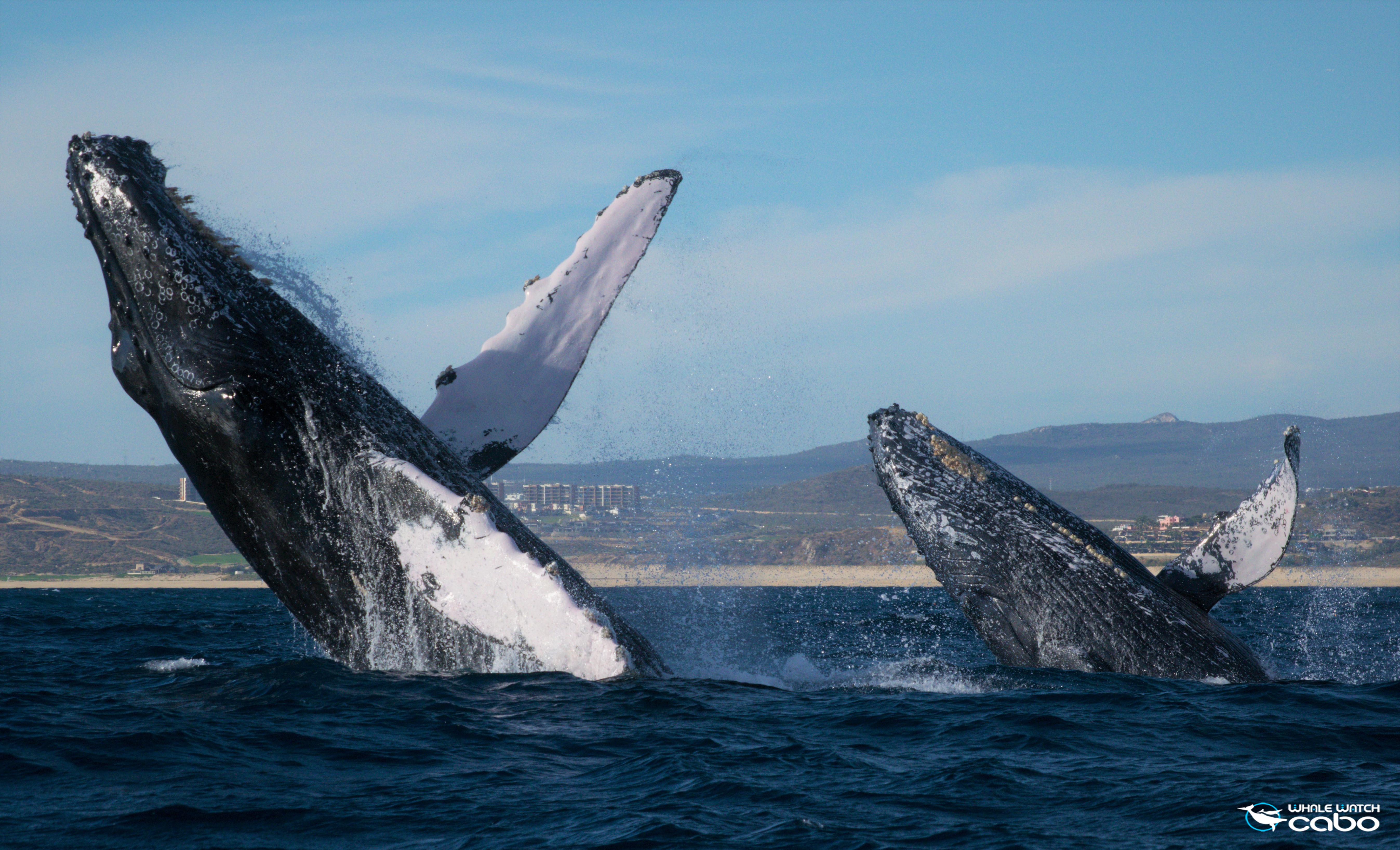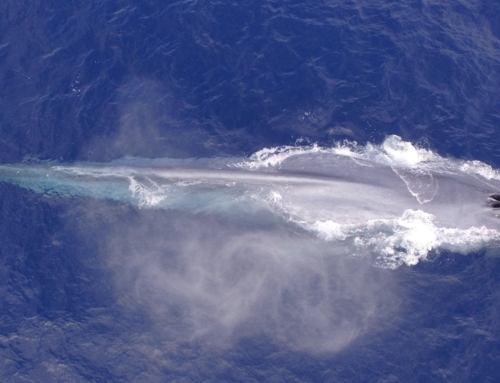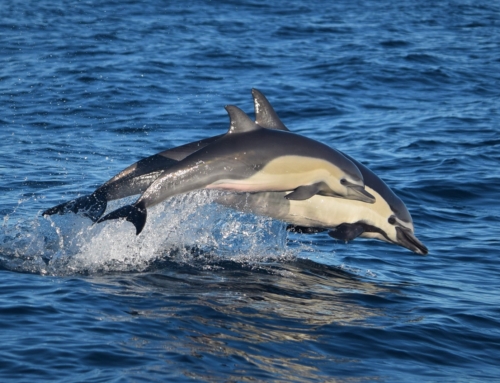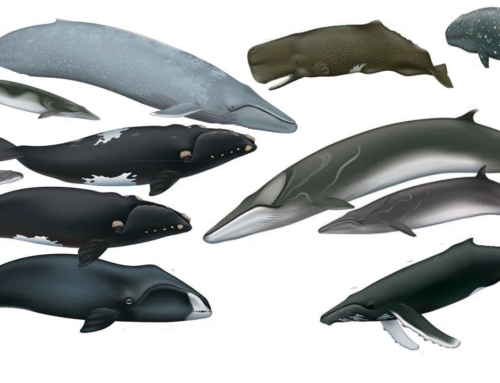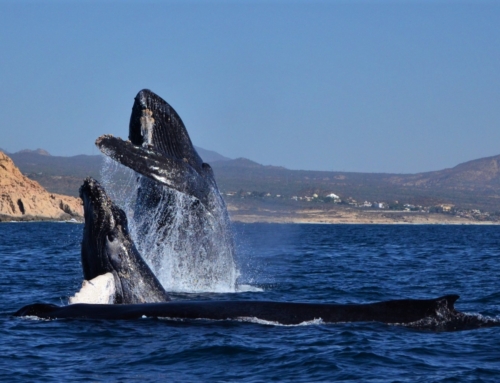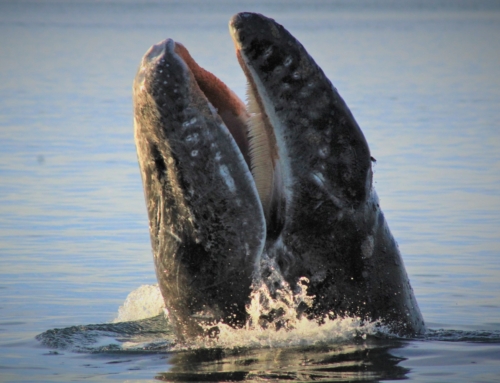Offering rich diversity and unique experiences, Baja California in Mexico may just be the best place in the world to see whales.
The Baja Peninsula is surrounded by the rich waters of the Pacific and the Sea of Cortez – an area that plays host to so many iconic ocean species that Jaque Cousteau nicknamed it “the world’s aquarium.”
Where is the best place in the world to see whales? Well, you can find them and other aquatic mammals in just about every major body of water on earth. Growing awareness about nature and lust for adventure amongst the general public has made whale watching one of the fastest growing recreational activities on earth. There is a smorgasbord of options: Alaska, Hawaii, British Columbia, South Africa, Pacific Islands such as Tonga and many more! But Mexico’s Baja Peninsula may just be the best of them all.
Whale watching in Baja

Humpback whales can generate enough force to lift almost their entire 40-ton bodies out of the water when they breach.
With around 300okm of coastline and access to two of the worlds most productive marine environments, the North Pacific and Sea of Cortez, Baja is an ideal place to find whales and other marine mammals. There are over 35 species in these waters, including the largest, the Blue Whale. Other iconic large whales found here include the Fin, Sperm, Humpback and Grey. There are also Orcas/Killer Whales and a wide number of dolphin species and pinnipeds (sea lions and seals). Sometimes one can even encounter extremely rare species such as Beaked whales. Many of these creatures call this place home year round while others such as the Humpback and Grey whales are seasonal visitors.
Cabo San Lucas
It is not just species diversity that makes Baja California such a great place to see whales.
There is easy to access both sides of the coastline, especially from Los Cabos at the bottom point of the peninsula. The whale watching season takes place primarily over the winter and spring when temperatures are mild. Some of the best whale watching opportunities are found around Los Cabos and the East Cape as it is the entry point to the Sea of Cortez.
Whale watching tours in Cabo San Lucas include a high likelihood of spotting many of Baja’s most famous species. These include Humpback whales and dolphins such as Bottlenose and Spinners. It is also one of the better places to see Orcas and Fin whales and sometimes even Blue whales. Every trip out of the marina brings chances to see a variety of aquatic life. California Sea Lions, turtles, leaping Mobula rays and a variety of marine birds to name just a few.
Magdalena Bay/Lopez Mateos
There are other exciting experiences waiting for those willing to wander a little further from Cabo’s all-inclusive hotels. The best place to see Grey whales is Magdalena Bay and Lopez Mateos on the Pacific coast. Only a half days drive from Cabo this area offers the opportunity to get up close and personal with 40-ton whales. It is famous for friendly visiting Grey whales who will often approach boats to be petted, this is especially common with mothers and calves.

A group of lucky tourists pet a Grey whale calf while its mother watches on.
Nobody knows exactly why the whales here do this. They might be proudly showing off their young, perhaps they are also curious or maybe they just enjoy being touched. The most likely answer is that it is a combination of all of the above. One thing is certain however, coming eye to eye with these majestic giants is an experience that will live with you forever! The beaches are full of pristine mangroves that straddle sand dunes and create a highly productive ecosystem. This area also has far fewer tourists than Los Cabos making it the perfect place to get away during your getaway!
Other spots in Baja
The state capital of La Paz is just hours drive from Los Cabos. The waters around it contain over 27 different whale and dolphin species. You can enjoy searching for them between traveling around the national park of Isla Espiritu Santo. You can also snorkel and scuba with playful sea lions and swim with the biggest fish of them all, the Whale shark.
For the truly intrepid traveler, there are even more remote and exciting possibilities. Bahia de Los Angeles is a small fishing village almost midway between Cabo San Lucas and San Diego. Requiring a more than 10-hour drive from either direction or a charter flight means it has yet to be reached by any but the most determined tourists. It is the best place to see a high number of things in a relatively small area. Whales, Orcas, Dolphins, Sea Lions, Whale Sharks and many other marine species can all be observed at close proximity in the “Bay of Angels”. If a sleepy town with zero nightlife but adventure in every direction is your thing, look no further.
What does the future hold?

A Humpback whale with the scars of an encounter with a propeller. When hit by larger vessels many do not survive.
Humpback and Grey whales come to Baja to give birth and raise their young calves in warmer winter waters. Mexico already has laws in place to protect the whales but more needs to be done. Scientists working with the government are about to create areas that provide near-total relief from human activities.
The growth of the whale watching industry is creating a financial incentive to better protect these majestic beings. Many species in the North Pacific are still considered threatened. Even since the end of commercial whaling in most countries whales still face many challenges. Growing shortages of food in their feeding grounds up north and heavy ship traffic are just a couple. Having a sanctuary to give birth and raise their calves is vital if their recent rebound is to continue. We owe them at least this much.
What are you waiting for?
Try whale watching around Cabo San Lucas or a two day Grey Whale excursion from Cabo to Lopez Mateos. Whale Watch Cabo also offers packages of multiple days of whale watching in both locations with the option for luxury accommodation in our Airbnb style home. Or plan a custom trip with a private guide to Bahia de Los Angeles and other points of interest around the peninsula. The Humpback season is from 15 December – 15 April every year and Grey whales are late January – end of March. This is ‘winter’ – a balmy 75F*/23C* daytime temperature. Baja gets over 300 days of sunshine a year and has plenty of great beaches and land-based activities.

